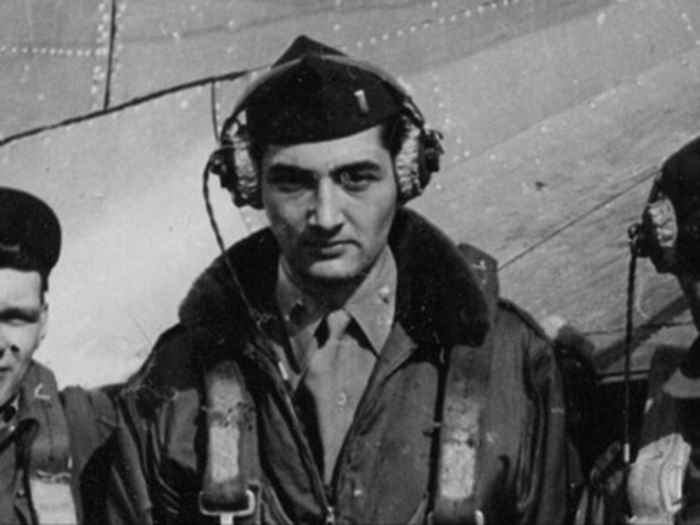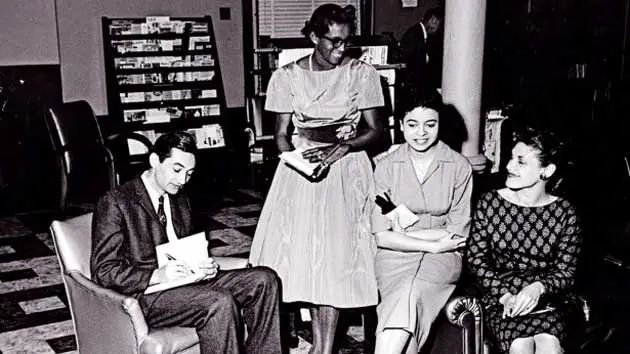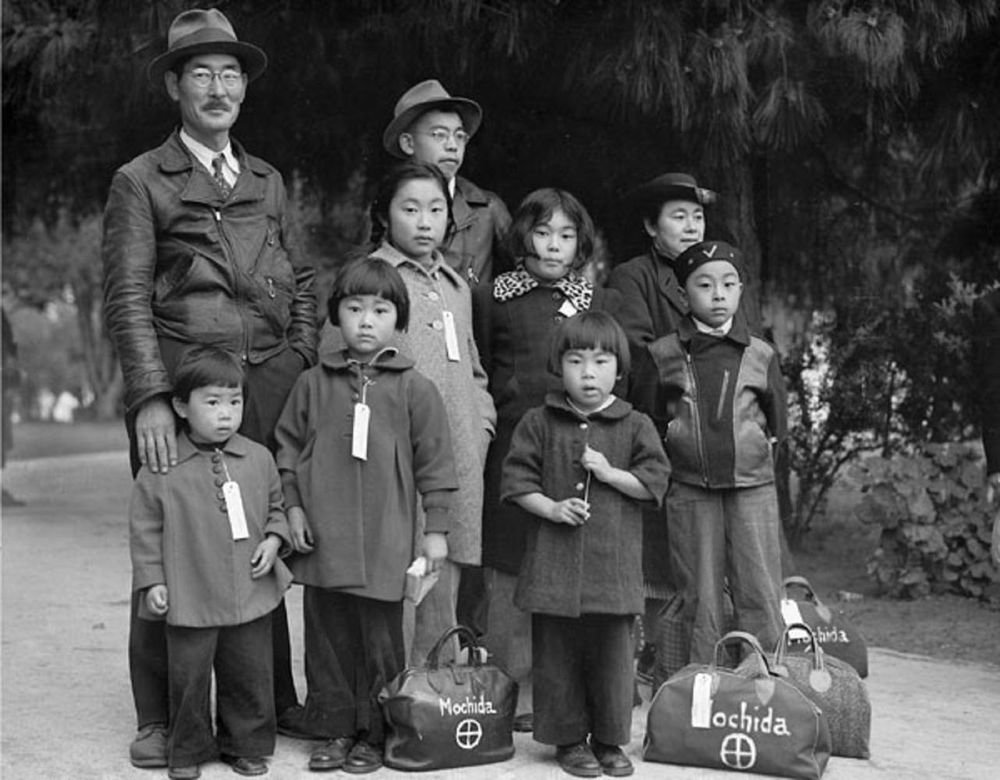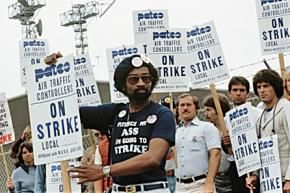#ResistanceRoots
Zonia Baber was born on this day in 1862 in Kansas Township, Ill. Baber was a geographer and geologist who developed innovative teaching methods that emphasized experiential learning. She was also an activist who advocated for women’s rights and against Western imperialism. /1
Zonia Baber was born on this day in 1862 in Kansas Township, Ill. Baber was a geographer and geologist who developed innovative teaching methods that emphasized experiential learning. She was also an activist who advocated for women’s rights and against Western imperialism. /1
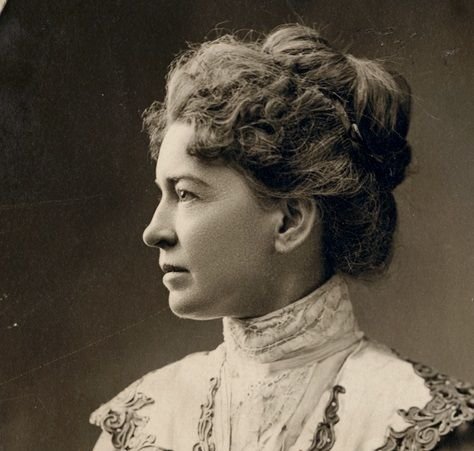
Geography was one of the few sciences women were encouraged to study. In the 18th and 19th centuries, the study of geography promoted nationalist and Western imperialist agendas — sociopolitical beliefs that women were expected to pass along to the next generation. /2 ![Moral & Political Chart of the inhabited world: Exhibiting the Prevailing "Religion, form of government, degree of civilization, and Population of each country. [Scale ca. 1:55,000,000]." In Woodbridge’s School Atlas, 14th ed., Oliver D. Cooke & Co., 1831. Image credit: Library of Congress Geography and Map Division.](/images/1px.png)

![Moral & Political Chart of the inhabited world: Exhibiting the Prevailing "Religion, form of government, degree of civilization, and Population of each country. [Scale ca. 1:55,000,000]." In Woodbridge’s School Atlas, 14th ed., Oliver D. Cooke & Co., 1831. Image credit: Library of Congress Geography and Map Division.](https://pbs.twimg.com/media/GzI1ImtXQAAPyDM.jpg)
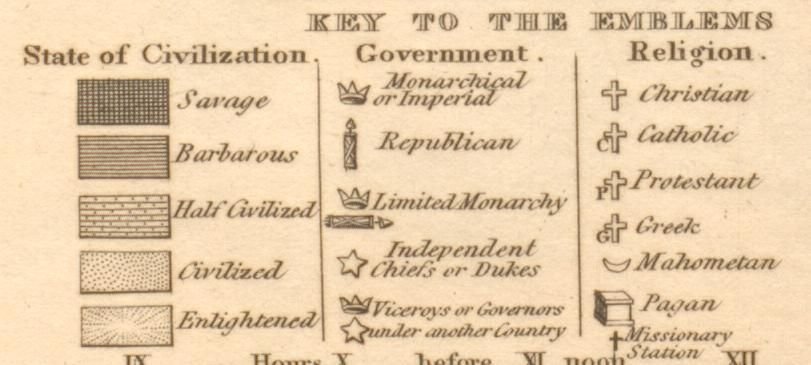
After high school, Baber attended Cook County Normal School to study to become a teacher. The school had a large group of female geography teachers who helped shape her path. However, Baber had progressive ideas about teaching geography that set her apart from her peers. /3 
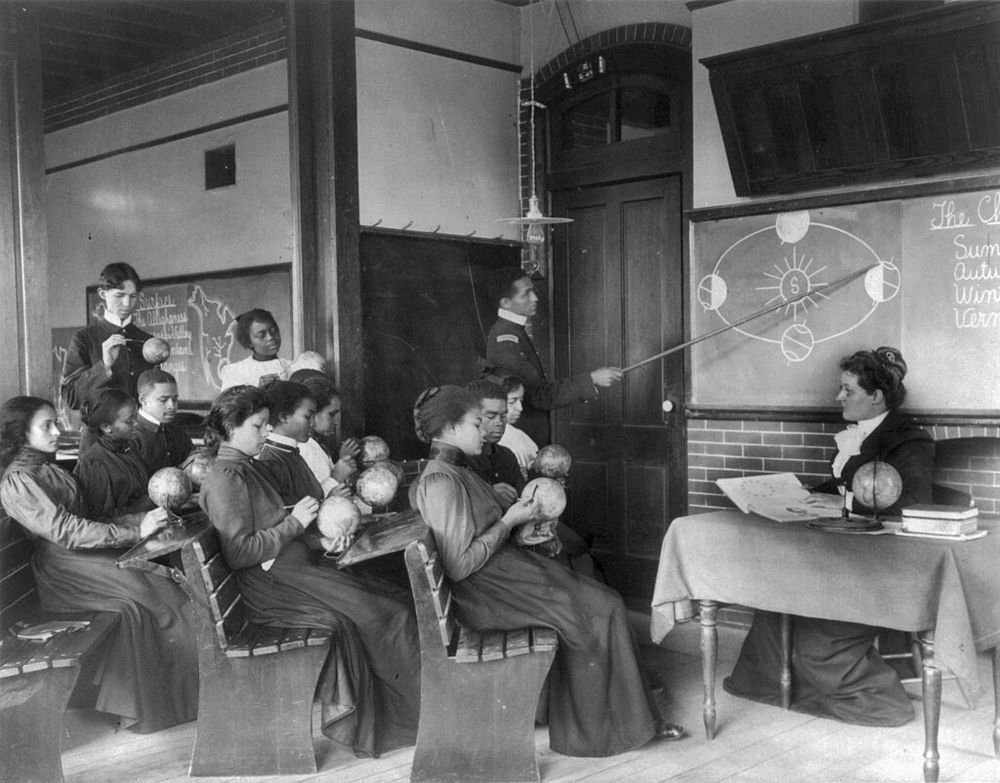
Baber put her theories into practice when she became head of the school’s Geography Department. She incorporated history and the natural sciences into the geography curriculum as well as modeling, drawing and painting. She believed that students should go on field trips and do hands-on lab work. /4

Baber patented a desk for students learning geography that included receptacles for clay, water and sand so students could create models. She also encouraged students to make their own maps, interpreting the world in their own way using accepted mapmaking conventions. /5 

Baber worked to improve textbooks by eliminating antiquated concepts and prejudices. She co-founded the Chicago Geographic Society, which prioritized women speakers. She advocated for women’s suffrage and represented the women of Puerto Rico to help extend voting rights to the island. /6

Baber was a member of the executive committee of the NAACP’s Chicago branch and chair of the Race Relations Committee of the Chicago Women’s Club. She also published several books, traveled extensively and helped investigate conditions in Haiti under U.S. military occupation. /end

• • •
Missing some Tweet in this thread? You can try to
force a refresh



